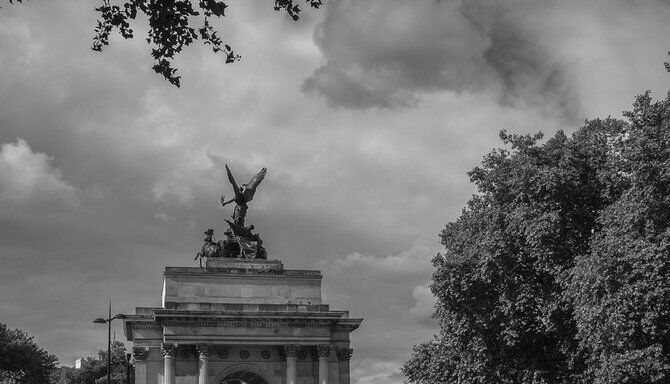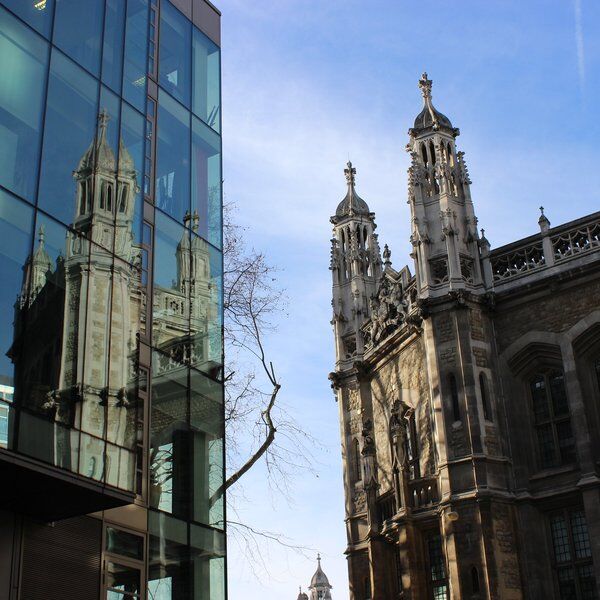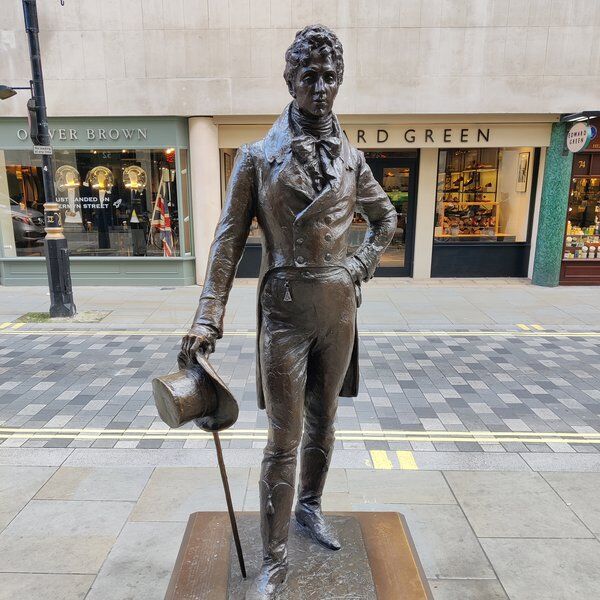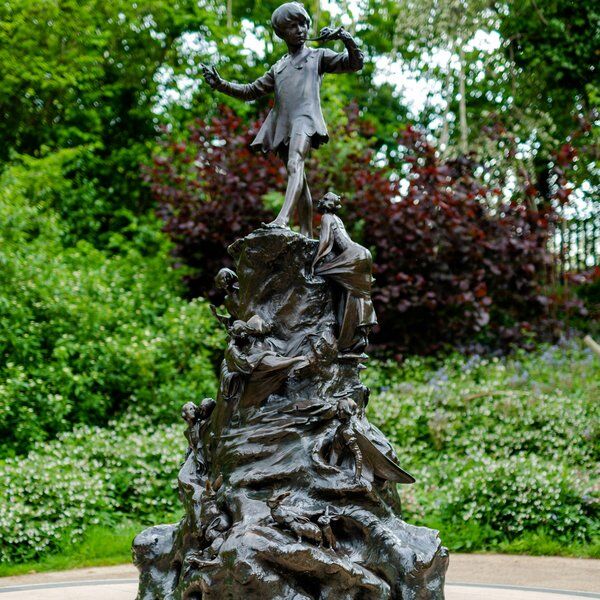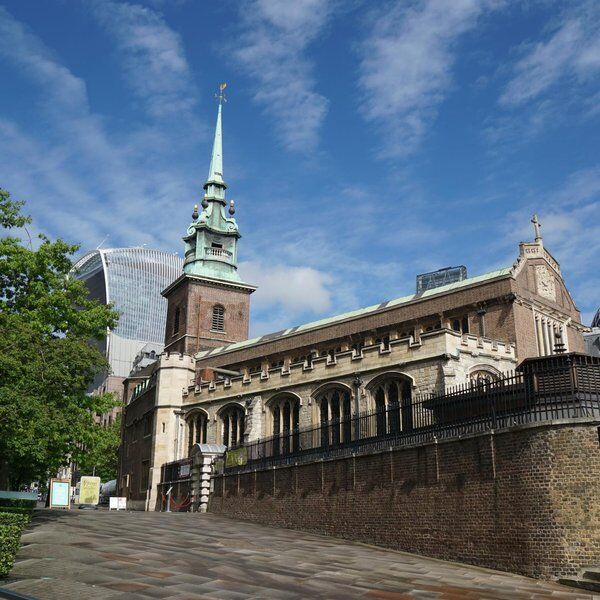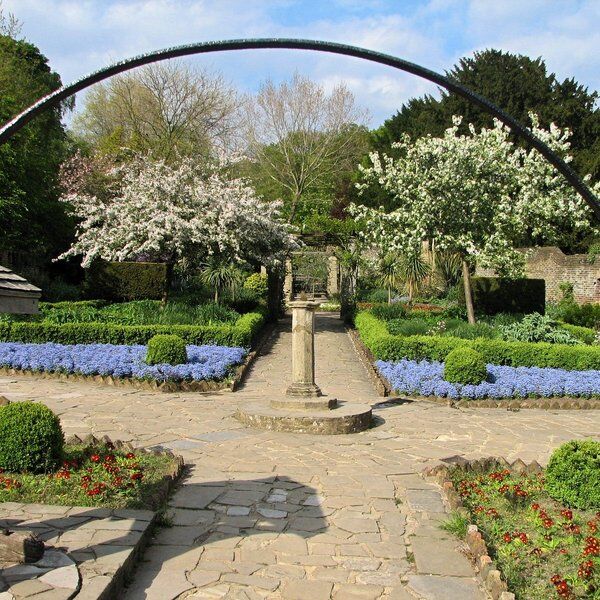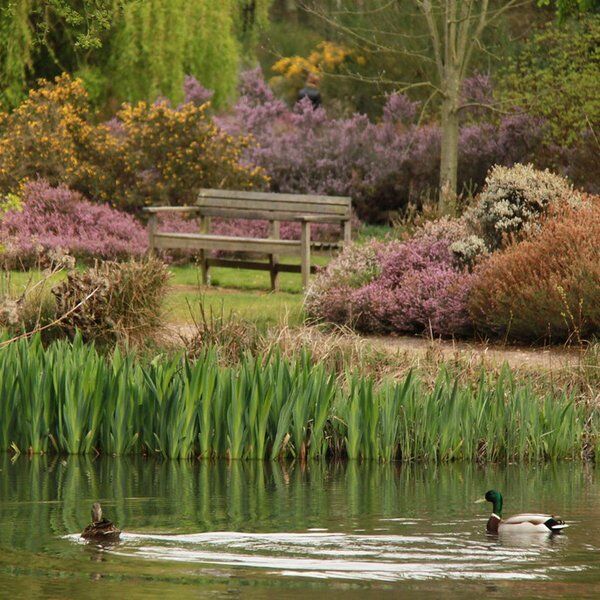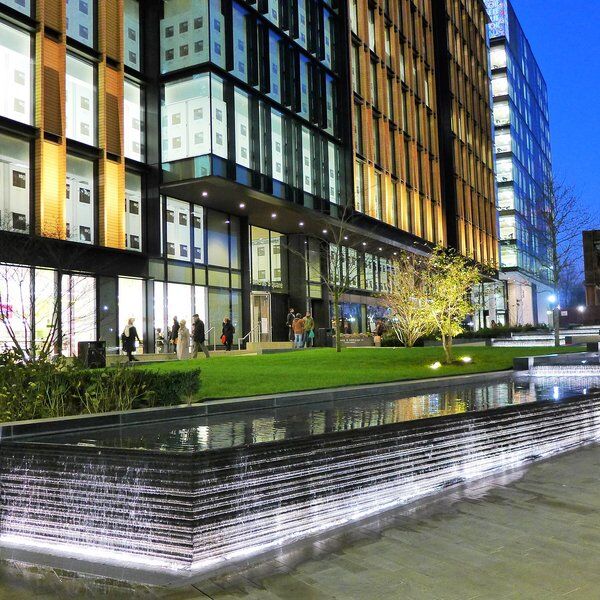Few monuments could better summarise their respective nations than France's Arc De Triomphe and England's Wellington Arch.
The Arc De Triomphe was commissioned to celebrate a battle won in the Napoleonic Wars, a war that France then lost. This didn't stop the French, however, from making the Arc one of the most impressive and famous monuments around today.
Wellington Arch, on the other hand, was supposed to celebrate England's victory in those very same wars. Unfortunately, a 1828 suspension of public building works meant that the Arch was left unfinished for over 50 years, more than long enough to become a topic of political controversy, not to mention a cause of London traffic jams.
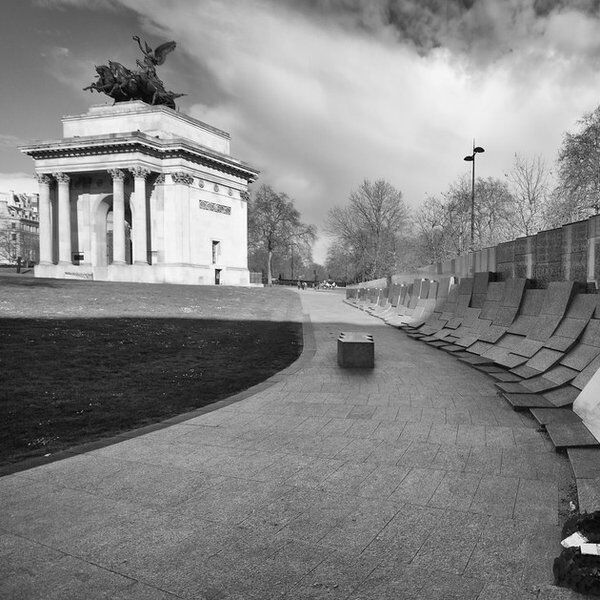
Triumphal Arches
Both Wellington Arch and the Arc De Triomphe form part of a long legacy of 'triumphal arches'. That is, 'monuments made to celebrate military victory that- for reasons known to no one and upheld by seemingly everyone- must be arch-shaped.'
Triumphal arches are a Roman invention. The earliest we know of was erected by Lucius Stertinius in 196BC. It is no longer standing today.
Since then, countless have been put up all across Europe and the world. The largest of these is the Momumento a la Revolucion in Mexico City; the smallest is more difficult to google.
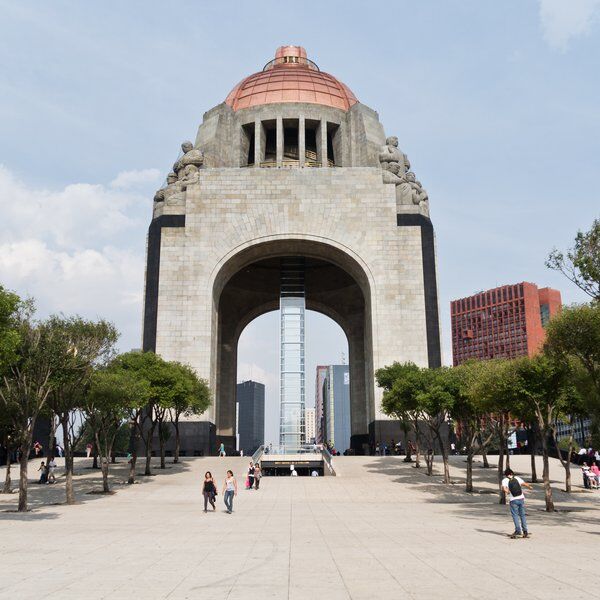
The Origins Of Wellington Arch
Wellington Arch (then known as Constitution Arch) was commissioned in 1825 by George IV. This was 10 years after the Napoleonic Wars had ended, high time for a showy archway.
King George's apparent motivation was to transform Hyde Park into an area to rival the gradeur of other European Capital Cities.
The arch itself was built efficiently enough, but a 1828 suspension on public building work left without a decorative sculpture to crown it. The solution? Take any old sculpture and put it on top.

Wellington Arch Becomes Wellington Arch
Much to the disapproval of the arch's original architect, Decimus Burton, a colossal, 40 ton statue of the Duke of Wellington was chosen. This is where the arch got its name from.
Burton claimed that the statue was far too big and made his archway look little more than a pedestal. His complaints fell on deaf ears, however; and the statue was placed on top in the autumn of 1846.
This was not the last that would be heard of his complaints, however.
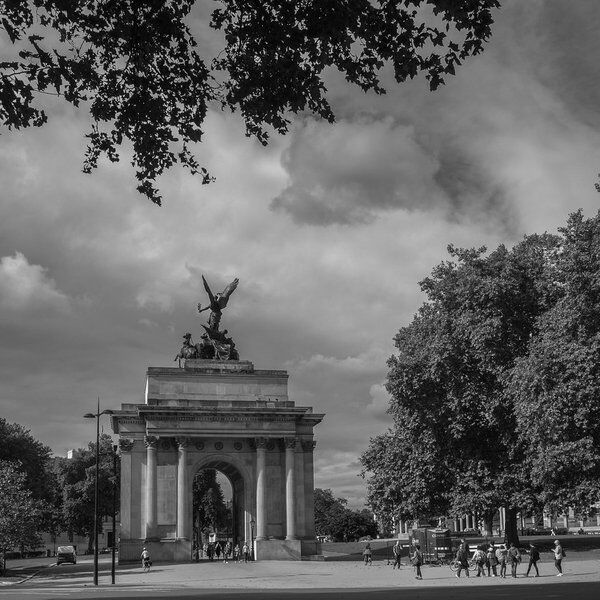
The Traffic Jams Of Wellington Arch
Unlike many triumphal arches (again, see the Arc De triomphe), Wellington Arch was put up in the middle of a road. Unsurprisingly, this caused traffic congestion, so much that, in 1882, it was decided that it should be moved.
This presented a golden opportunity to Burton's ancestors. Having bided their time for over 35 years, they took action.
'If you're moving it anyway,' they said, 'then why not remove that ghastly statue from on top.'
At last, the authorities yielded. Wellington Arch was moved, and the Wellington's statue was removed to be replaced with a sculpture of Nike, the Greek goddess of victory, descending in her chariot of war.
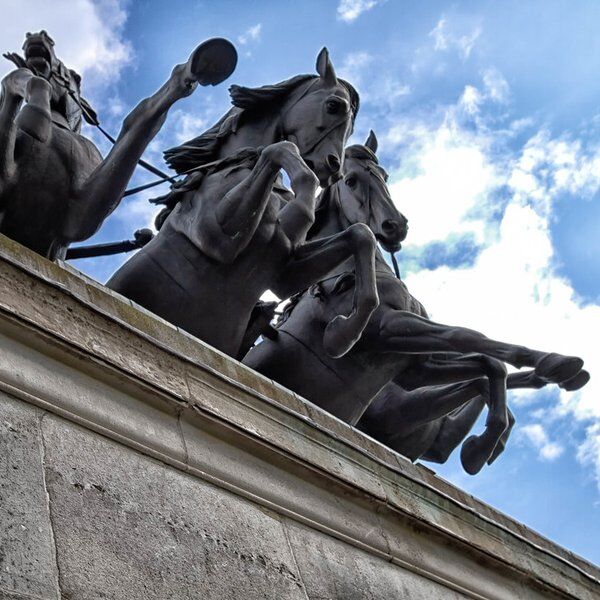
Wellington Arch Today
Today, Wellington Arch can be found on a large traffic island between the corners of Green Park and Hyde Park. It's hollow insides feature three floors of exhibits dedicated to its history and to the Battle of Waterloo. It can be visited by the paying public and boasts great views of the city.
Please see below for more information.

Interested in finding more places like this? Try one of our Treasure Hunts in London - untangle cryptic clues as a team, as you are taken on a journey to the most unique, unusual and bizarre corners of England.
